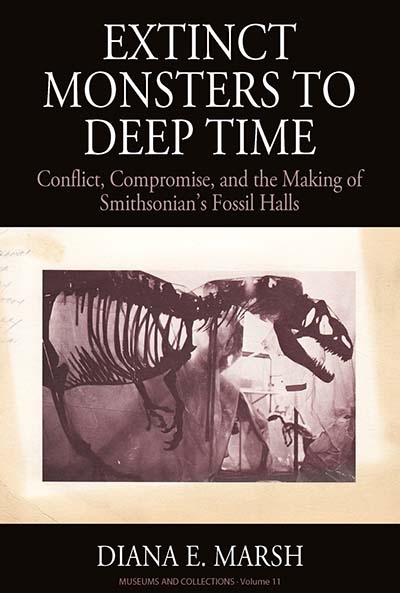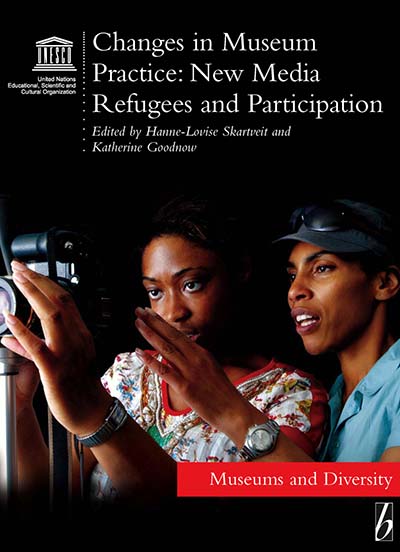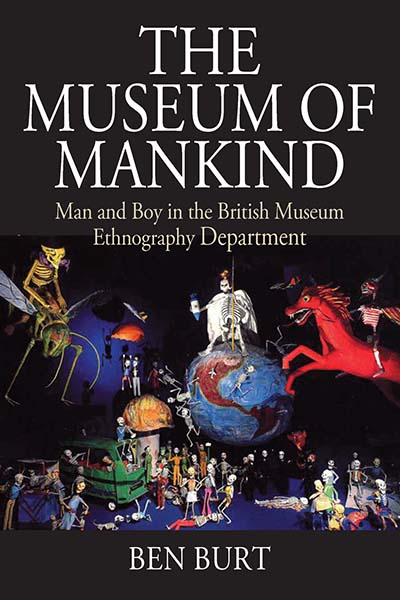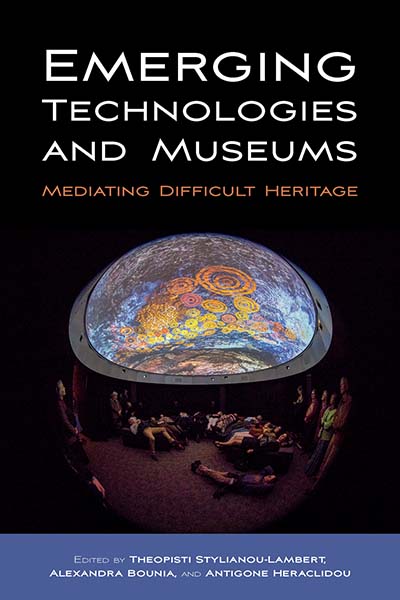
Series
Volume 11
Museums and Collections
Email Newsletters
Sign up for our email newsletters to get customized updates on new Berghahn publications.
Extinct Monsters to Deep Time
Conflict, Compromise, and the Making of Smithsonian's Fossil Halls
Diana E. Marsh
Foreword by Jennifer Shannon
334 pages, 54 illus., bibliog., index
ISBN 978-1-78920-122-2 $135.00/£104.00 / Hb / Published (February 2019)
ISBN 978-1-80073-201-8 $24.95/£19.95 / Pb / Published (September 2022)
eISBN 978-1-78920-123-9 eBook
2019 COUNCIL FOR MUSEUM ANTHROPOLOGY AWARD - HONOURABLE MENTION
Reviews
“Marsh’s work makes a significant contribution to museum ethnography; it provides and invites detailed inquiry into the ways in which museums work to develop public displays within their own changing histories, values and processes. Relevant to anyone engaged in museum anthropology and institutional ethnography, Extinct monsters to Deep Time will also be of interest to those within the discipline of museum studies, as well as museum and heritage professionals.” • Social Anthropology/Anthropologie sociale
“Findings in this work are new and useful, presenting evidence showing the benefits to ‘friction and complementarity’ whilst offering insights that can be used by other institutions and collaborative projects to achieve more balanced results in their work…[It] contributes significantly to museum ethnography by delivering a thorough study to the existing body of work…The aspect of practical museology is crucial for museum studies as well as for other disciplines that examine informational institutions that serve and are responsible to the public. For museum researchers the work serves as a fascinating example of multidimensional research in the field.” • Museological Review
“This book is an excellent contribution to our understanding of the history of the Smithsonian, of the representation of paleontology, of the changing dynamics of departments and disciplines over time, and of the shift in museums from an emphasis on research to public outreach. It is also an important contribution to the genre of museum ethnography.” • Jennifer Shannon, University of Colorado Boulder
Description
Via the Smithsonian Institution, an exploration of the growing friction between the research and outreach functions of museums in the 21st century.
Describing participant observation and historical research at the Smithsonian’s National Museum of Natural History as it prepared for its largest-ever exhibit renovation, Deep Time, the author provides a grounded perspective on the inner-workings of the world’s largest natural history museum and the social processes of communicating science to the public.
From the introduction:
In exhibit projects, the tension plays out between curatorial staff—academic, research, or scientific staff charged with content—and exhibitions, public engagement, or educational staff—which I broadly group together as “audience advocates” charged with translating content for a broader public. I have heard Kirk Johnson, Sant Director of the NMNH, say many times that if you look at dinosaur halls at different museums across the country, you can see whether the curators or the exhibits staff has “won.” At the American Museum of Natural History in New York, it was the curators. The hall is stark white and organized by phylogeny—or the evolutionary relationships of species—with simple, albeit long, text panels. At the Field Museum of Natural History in Chicago, Johnson will tell you, it was the “exhibits people.” The hall is story driven and chronologically organized, full of big graphic prints, bold fonts, immersive and interactive spaces, and touchscreens. At the Denver Museum of Nature and Science, where Johnson had previously been vice president and chief curator, “we actually fought to a draw.” That, he says, is the best outcome; a win on either side skews the final product too extremely in one direction or the other. This creative tension, when based on mutual respect, is often what makes good exhibitions.
Diana E. Marsh is an Assistant Professor of archives and digital curation at the University of Maryland’s College of Information Studies (iSchool) who studies how heritage institutions share knowledge with communities and the public. Her current work focuses on improving discovery and access to colonially-held archives for Native American and Indigenous communities.
Subject: Museum StudiesAnthropology (General)
Contents
Download ToC (PDF)




